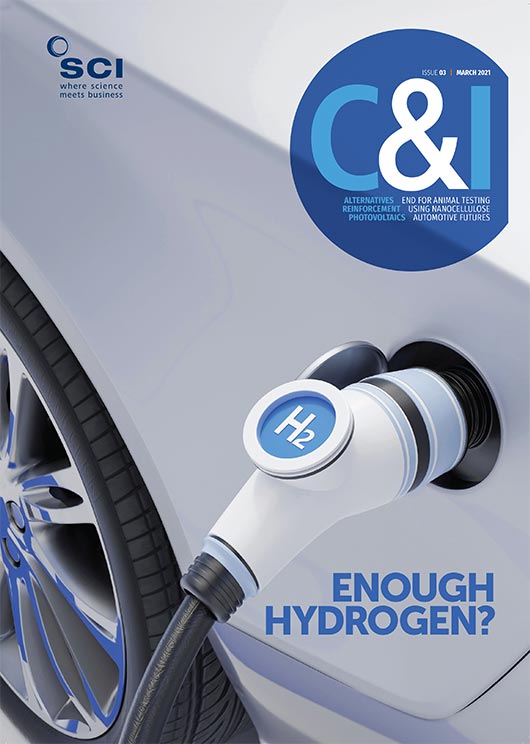Neil Eisberg | Editor
We live our lives surrounded by brands – from the clothes we wear to the cars we drive, and from the food we eat to the organisations we deal with.
When thinking about a brand, perhaps the first question we should ask is: What is a brand?
For many, a brand is a name, term, design, symbol or any other feature that identifies one seller’s goods or services as distinct from those of other competitors.
But where does it come from? Wild West fans know that branding was used to differentiate and claim ownership of cattle with a symbol burned into the skin. The practice is much older, however, and may date back to the ancient Egyptians who also used it for livestock identification over 4000 years ago.
Today, brands are used in business, marketing, and advertising for recognition and, importantly, to create and store value as brand equity for the object identified, to the benefit of the brand’s customers, its owners and shareholders.
The term has also been extended to mean a strategic personality for a product or company, so that ‘brand’ now suggests the values and promises that a consumer may perceive and buy into when purchasing the goods or services.
According to brand valuation consultancy Brand Finance, brand is defined as a marketing-related intangible asset including but not limited to names, terms, signs, symbols, logos and designs intended to identify goods, services, or entities, creating distinctive images and associations in the minds of stakeholders, thereby generating economic benefits.
In accounting, that intangible asset can be the most valuable asset on a corporation’s balance sheet. Brand valuation is the management technique that gives that brand a monetary value.
So what does all this mean for the chemicals industry?
In terms of brand value, number one in the 2021 Brand Finance Top 25 list was German major BASF, which has celebrated seven years at the top of these rankings; however, its brand value was down 8% to £7.3bn. This fall has been attributed, in the main, to the Covid-19 pandemic, which is likely to have reduced global chemical production growth to just 1% – the worst result since the Financial Recession of 2008/9.
Second place has been taken by Sabic, which has overtaken Dow, on the basis of what is described as its ‘resilient business performance’. The Sabic brand ‘has maintained its investments in its global corporate marketing campaign while also strengthening its highly-regarded specialist technical sales teams’, according to Savio D’Souza, Valuation Director at Brand Finance.
Sabic Vice Chairman and CEO Yousef Al-Benyan said: ‘Building a strong global brand is integral to our core objectives and aligns with our growth ambitions. It enables our business strategy and enhances our resilience.’
Dow, on the other hand, is estimated to have lost 23% of its brand value, due to a ‘weakened outlook for growth in business in its core markets’. Sabic, which has an ambition ‘to become the world’s largest petrochemical company by 2030’, also suffered from the pandemic effect, losing 7.3% of its brand value at just over $4bn.
Since the Dow, DuPont and Corteva demerger that took place in 2019, all three have seen two years of decline in their brand values as separate entities, according to Brand Finance. Dow is currently valued at $3.7bn, putting it in third place; DuPont, down 9% to $2.0bn , but maintaining its ninth place while Corteva has fallen 20% to $1.4bn, to take fourteenth place.
A number of other companies retained their 2020 positions including Korea’s LG Chem, at fourth place, Linde in fifth place, Lyondell, sixth place and Asahi Kasei, seventh place.
China proved to be the home of the fastest growing brand in the top 25: Rongsheng Petrochemical, up 14% at $1.6bn, thereby moving into eleventh place up from eighteenth and also the only new entrant Xinjiang Zhongtai Chemical, joining the list in the 20th position.
Air Liquide and Mitsubishi Chemical swapped places, with Air Liquide now taking eighth place and Mitsubishi, tenth place.
Brand Finance has also applied a balanced scorecard of metrics on marketing investment, stakeholder equity and business performance to produce a ranking showing the relative strength of chemical brands. BASF also topped this list for the second year in succession, although its Brand Strength Index dropped slightly in 2021 to 84.2 out of 100.
The importance of branding is not just limited to chemical companies, however, and SCI has also been engaged in reviewing its own branding to support its visibility and activity in the chemical and chemically-related space.
Eagle-eyed readers will have already seen the revised SCI logo on the front cover of C&I and new designs for SCI event advertising. These are just two examples of the new visible face of SCI that will be rolled out over the coming months – keep your eyes peeled for more examples of the new branding.





